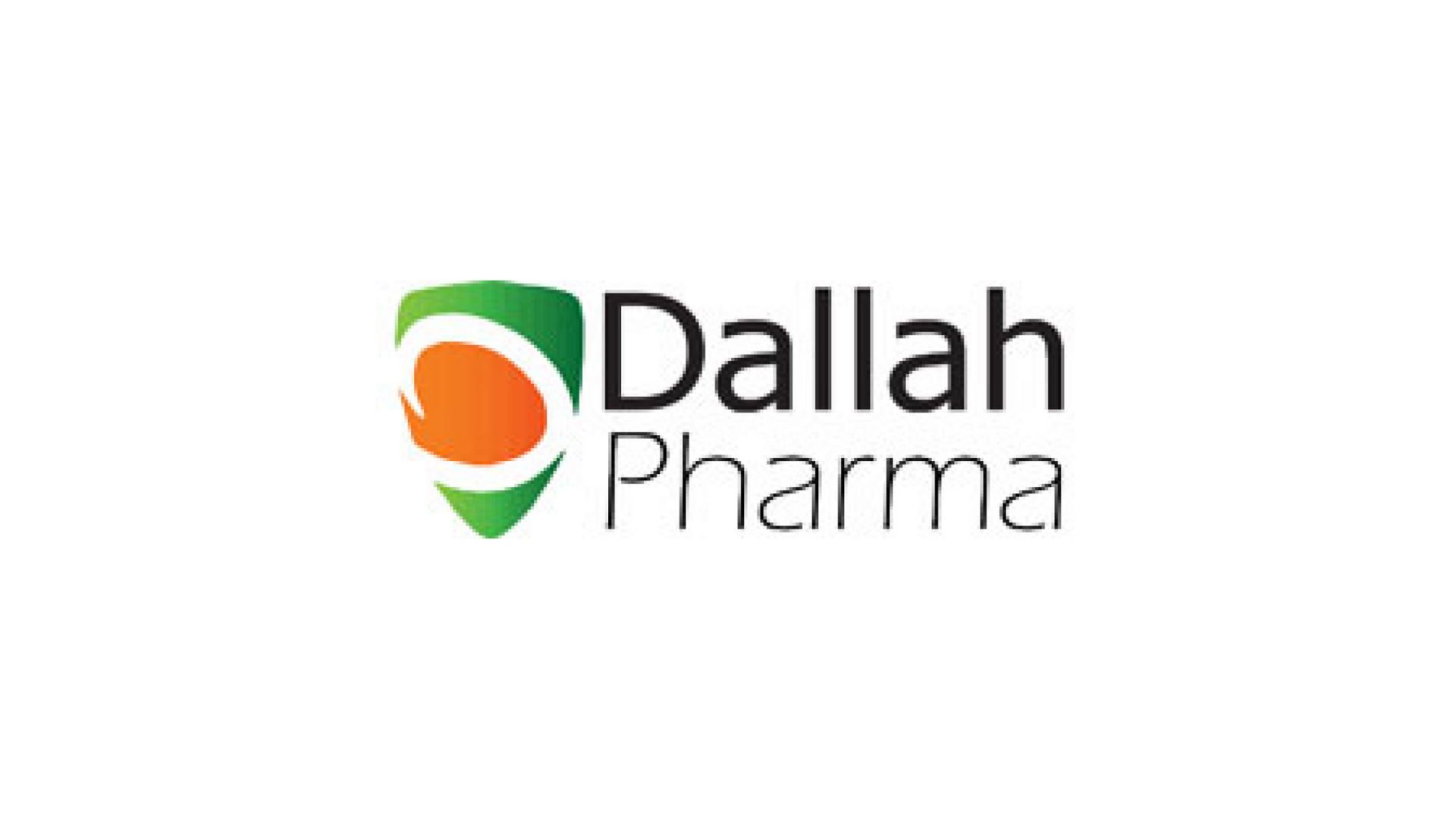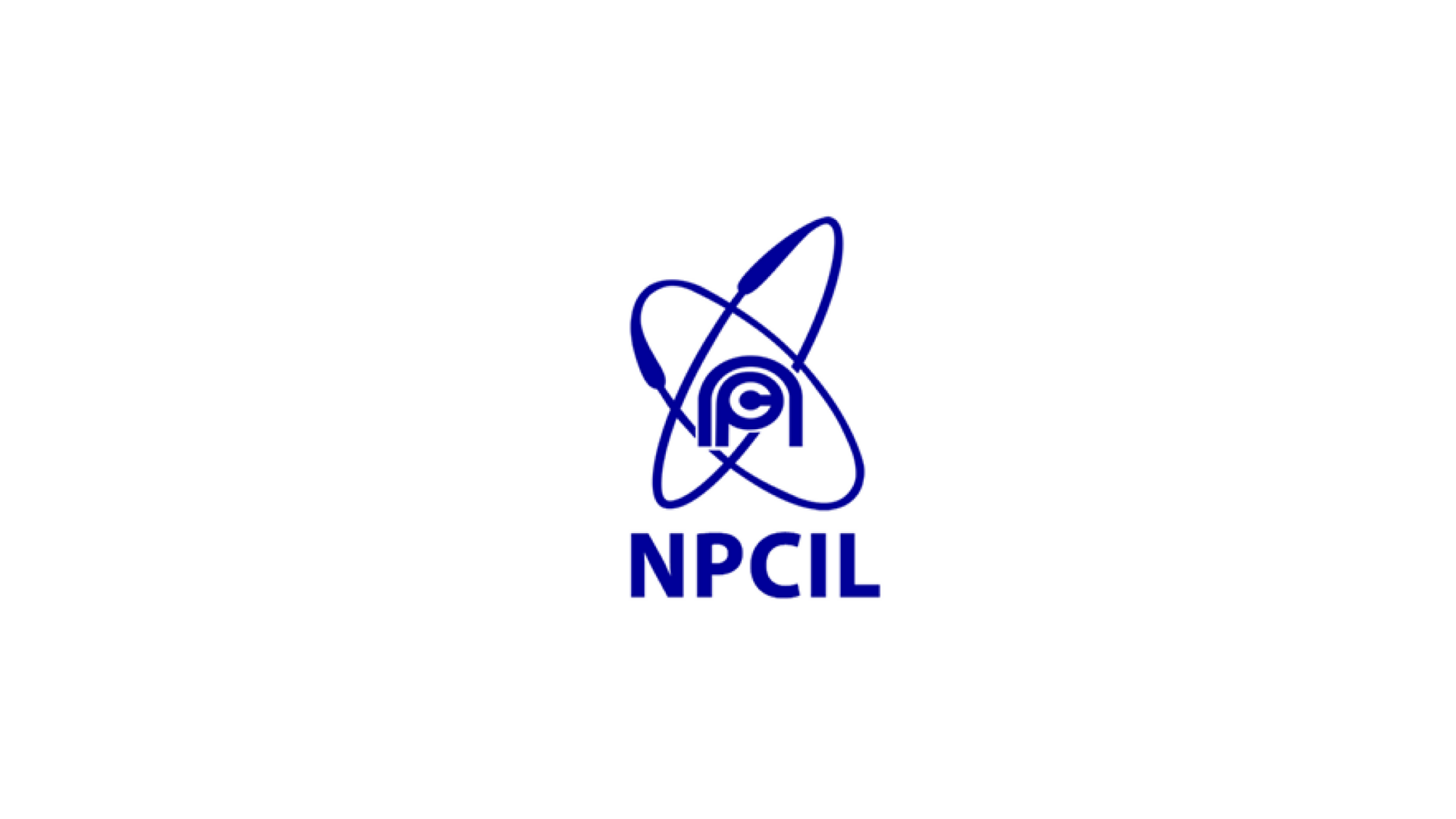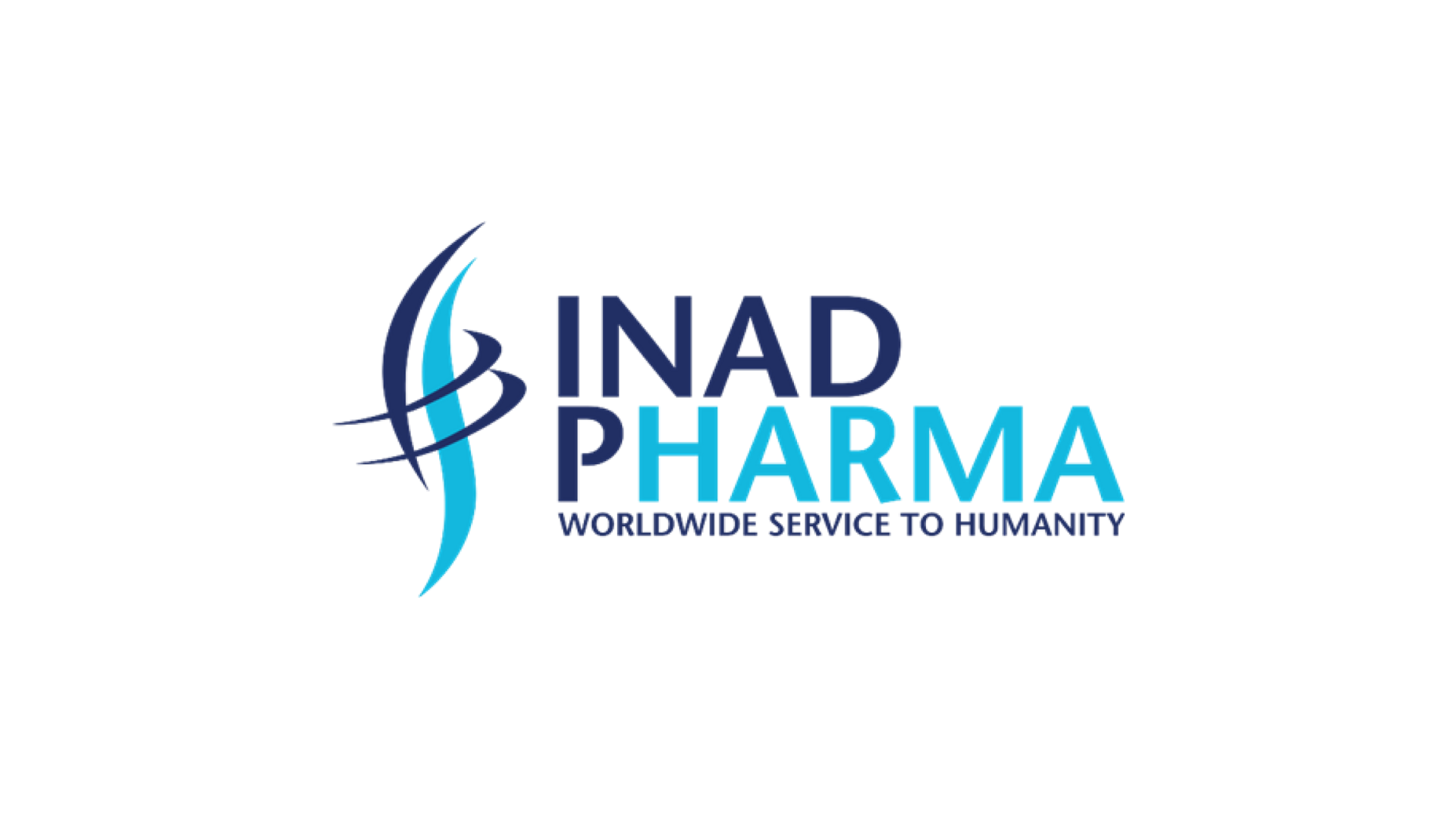Boost Pharmaceutical Safety and Efficiency with a Cutting-Edge Clean Room Monitoring System
Pharmaceutical manufacturing environments require meticulous control to prevent contamination, ensuring that products are safe for human use. A clean room monitoring system is essential for maintaining these controlled conditions, providing real-time data and alerts to prevent any deviations from set parameters. For Mshriy C&E, implementing a robust clean room monitoring system is not just a regulatory requirement but a commitment to excellence and safety in pharmaceutical production.

The Importance of a Clean Room Monitoring System
A clean room monitoring system is indispensable in the pharmaceutical industry. It ensures that the manufacturing environment meets regulatory standards, thereby safeguarding product quality and patient safety. With contaminants posing a constant threat, the ability to monitor and control the environment is crucial.
How Clean Room Monitoring Systems Work
Clean room monitoring systems function through a network of sensors and data loggers strategically placed throughout the manufacturing environment. These devices continuously measure various parameters and relay data to a central control unit. If any parameter deviates from the set thresholds, the system triggers alarms, allowing for immediate corrective action.
Benefits of Implementing a Clean Room Monitoring System
Implementing a clean room monitoring system offers numerous advantages:
- Enhanced Product Safety: Continuous monitoring prevents contamination, ensuring product sterility.
- Regulatory Compliance: Meets the stringent requirements of agencies like the FDA and EMA.
- Operational Efficiency: Automated monitoring reduces manual oversight, saving time and resources.
Data-Driven Insights: Comprehensive data collection enables trend analysis and
Key Components of a Clean Room Monitoring System
A comprehensive clean room monitoring system encompasses several critical components:
- Air Quality Sensors: Measure particulate levels to ensure air purity.
- Temperature and Humidity Sensors: Maintain optimal conditions for sensitive processes.
- Differential Pressure Sensors: Ensure proper airflow and pressure differentials.
- Microbial Monitors: Detect microbial contamination in real-time.
- Data Loggers: Record and store data for compliance and analysis.
Regulatory Requirements for Clean Rooms in Pharmaceuticals
The pharmaceutical industry is governed by strict regulations to ensure product safety and efficacy. Key regulatory guidelines include:
- FDA Guidelines: The FDA mandates rigorous environmental monitoring for aseptic processing areas.
- EU GMP Annex 1: Provides detailed requirements for the manufacture of sterile medicinal products.
- ISO 14644: Sets the standards for clean room classification and monitoring.
Selecting the Right Clean Room Monitoring System
Choosing the right clean room monitoring system involves evaluating several factors:
- Scalability: The system should accommodate future expansion.
- Integration: Compatibility with existing systems and equipment.
- User Interface: Ease of use and accessibility of data.
- Technical Support: Availability of ongoing maintenance and support.
Implementation Challenges and Solutions
Implementing a clean room monitoring system can present challenges, such as:
- System Integration: Ensuring compatibility with existing infrastructure.
- Data Management: Handling the large volumes of data generated.
- Training: Educating staff on the new system's operation.
Solutions to these challenges include thorough planning, choosing scalable and flexible systems, and investing in staff training programs.
Future Trends in Clean Room Monitoring
The future of clean room monitoring is poised for innovation, with trends such as:
- IoT Integration: Enhancing connectivity and real-time data access.
- AI and Machine Learning: Predictive analytics for proactive maintenance.
- Enhanced Data Security: Protecting sensitive data from cyber threats.
For pharmaceutical companies investing in a sophisticated clean room monitoring system is essential for maintaining the highest standards of product safety and regulatory compliance. By leveraging advanced technology and real-time data, these systems not only prevent contamination but also enhance operational efficiency and data-driven decision-making.






































































